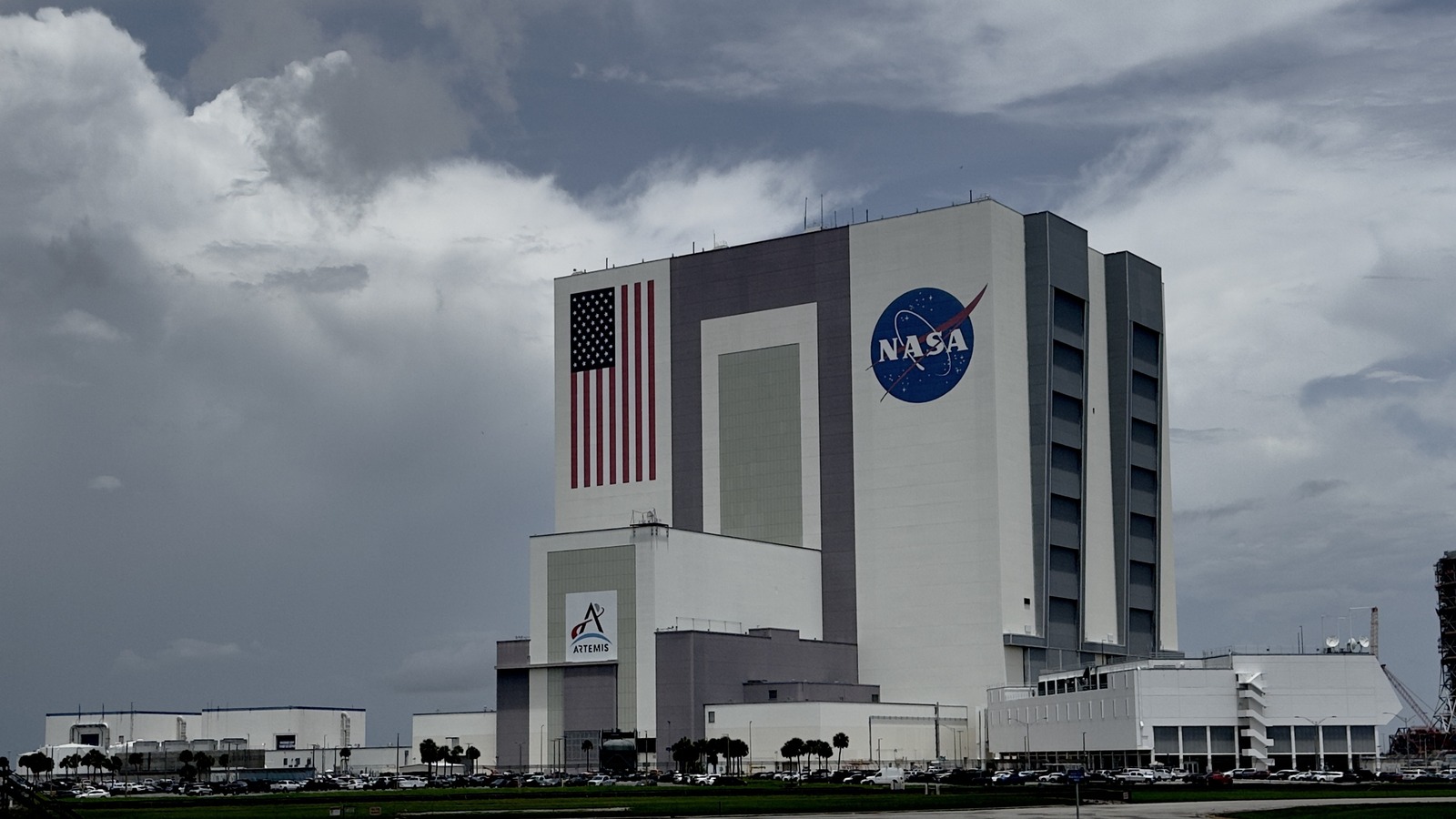Chinese rocket stage crashes to Earth over Texas
No debris from the rocket fall has been found on the ground to date.

A spent rocket stage from a Chinese launch of a trio of spy satellites burned up over Texas last week.
The second stage of a Long March 2D rocket reentered Earth's atmosphere as it passed over Texas on March 7, USNI News reported, citing information from U.S. Space Command. No debris was found on the ground at the time of reporting, but such rocket falls are not without risk.
Astronomer and space launch activity tracker Jonathan McDowell linked the event to the Chinese launch last year, according to USNI News.
Related: Getting space junk under control may require an attitude shift
The Long March 2D rocket launched from Xichang Satellite Launch Center in southwest China on June 22 of last year, successfully placing three Yaogan 35 (02 group) satellites into orbits with an average altitude of roughly 310 miles (500 kilometers), with an inclination of 35 degrees.
The first stage of the 135-foot-long (41 meters) Long March 2D rocket fell to Earth within a calculated drop zone, while the second stage entered orbit and deployed the satellites.
The upper stages of rockets often remain in orbit until dragged back to Earth by increasing interactions with the planet's atmosphere. In this case, the second stage unfolded a 269-square-foot (25 square meters) deorbiting sail to increase drag and bring the large piece of space debris back to Earth much sooner than it otherwise would have.
Breaking space news, the latest updates on rocket launches, skywatching events and more!
McDowell tweeted that a stage from a similar launch a month later reentered over Nepal three days after the Texas event.
The Yaogan 35 launches had a deorbit sail attached to their CZ-2D upper stage rockets to ensure their rapid reentry. 3 days after reentry of the first of these over Texas, the second one reentered Mar 11 1808 UTC over western Nepal after 225 days in space.March 12, 2023
The majority of objects burn up when reentering the atmosphere, and some launch service providers are moving to actively deorbit upper stages soon after releasing their payloads. But the large number of spent rockets from historical launches means that hundreds are circling Earth and reenter at unpredictable and controllable times and locations.
This issue of uncontrolled reentries of rocket stages and satellites has been noted as a potential cause of casualties and property damage, if current international practices are not changed.
The event "reinforces the need for better international norms regarding high-risk uncontrolled reentries," a U.S. Space Command statement published by USNI read.
The better news in this case is that the stage deorbited relatively quickly, removing it as a potential source of dangerous, debris-creating collisions that could impact the safe use of the orbital environment.
Follow us @Spacedotcom, or on Facebook and Instagram.
Join our Space Forums to keep talking space on the latest missions, night sky and more! And if you have a news tip, correction or comment, let us know at: community@space.com.

Andrew is a freelance space journalist with a focus on reporting on China's rapidly growing space sector. He began writing for Space.com in 2019 and writes for SpaceNews, IEEE Spectrum, National Geographic, Sky & Telescope, New Scientist and others. Andrew first caught the space bug when, as a youngster, he saw Voyager images of other worlds in our solar system for the first time. Away from space, Andrew enjoys trail running in the forests of Finland. You can follow him on Twitter @AJ_FI.
